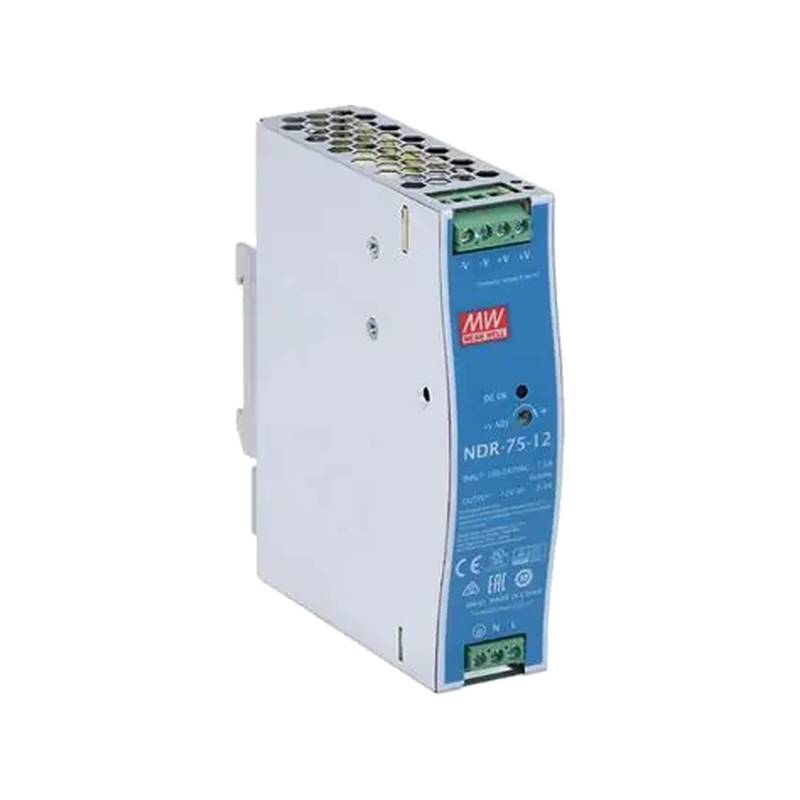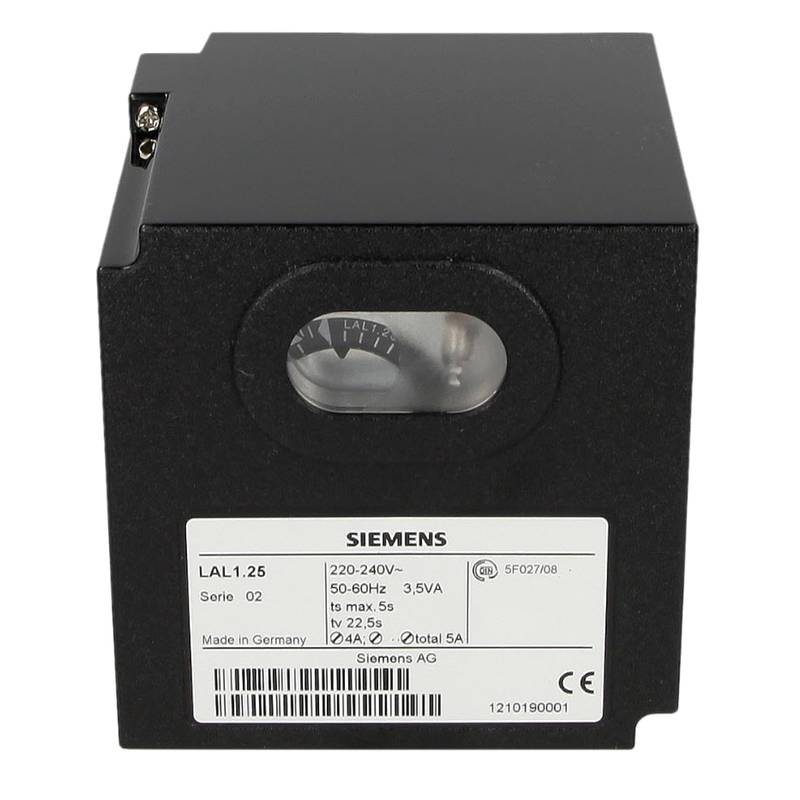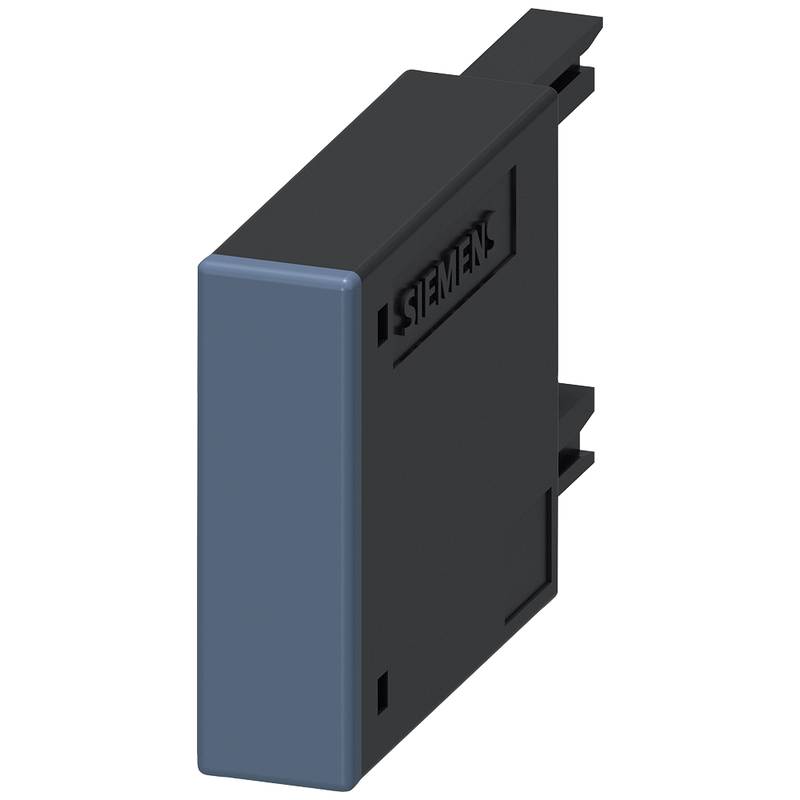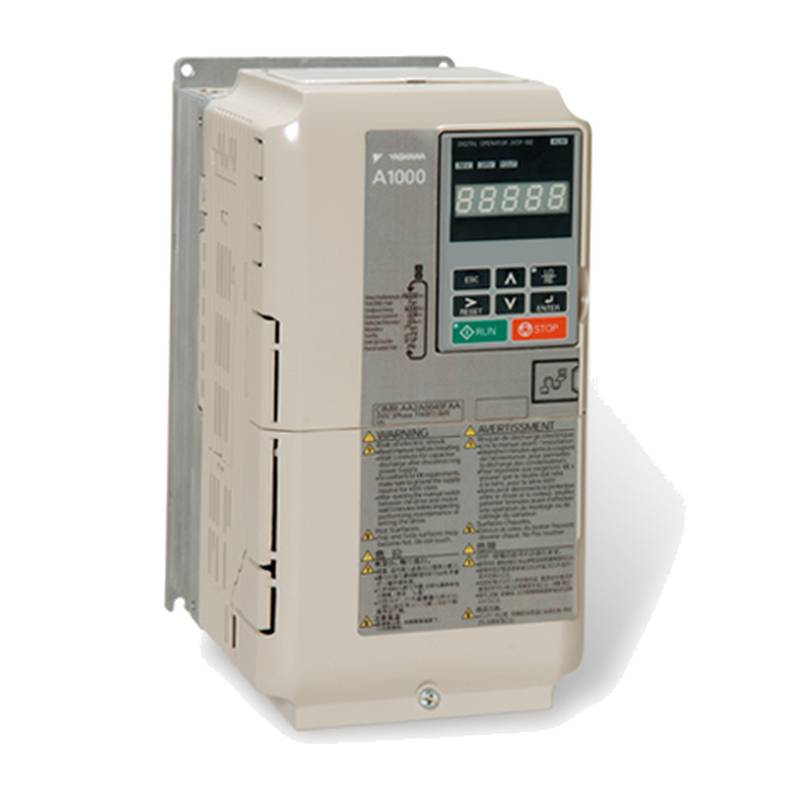
The Siemens 5SY6201-8CC is a 2-pole, 1-ampere low current protection circuit breaker designed for reliable and precise overcurrent and short-circuit protection in demanding industrial environments. This compact device offers robust safety features, ensuring operational continuity and safeguarding sensitive electrical equipment. Its quick-acting tripping mechanism and high breaking capacity make it an ideal choice for applications requiring stringent current control and immediate fault response.
Siemens 5SY6201-8CC: Product Specifications
| Feature | Specification |
| :------------------- | :----------------------------------------------- |
| Product Type | Miniature Circuit Breaker (MCB) |
| Manufacturer | Siemens |
| Series | 5SY6 |
| Number of Poles | 2 |
| Rated Current (In) | 1 A |
| Tripping Characteristic| C |
| Rated Voltage (Ue) | 400/415 VAC |
| Breaking Capacity (Icn)| 6 kA |
| Frequency | 50/60 Hz |
| Protection Class | IP20 |
| Ambient Temperature | -25°C to +45°C |
| Terminal Type | Screw Terminal |
| Mounting | DIN Rail (35mm) |
| Certifications | IEC, CE |
Core Features & Market Positioning
The Siemens 5SY6201-8CC distinguishes itself through its precise 1A current rating and C-curve tripping characteristic, offering superior protection for low-current circuits and equipment susceptible to moderate inrush currents. This MCB is engineered to meet stringent IEC standards, ensuring consistent performance and reliability in critical infrastructure and specialized industrial machinery. Its robust construction and high breaking capacity (6kA) provide a significant safety margin, positioning it as a dependable choice for applications where equipment failure due to overcurrent is not an option. The 5SY6 series is known for its compact design, allowing for efficient use of panel space without compromising on protection capabilities, a key differentiator in modern electrical control systems.
Key Application Scenarios
This 1A circuit breaker is ideally suited for protecting sensitive electronic devices, control circuits, and low-power motors where precise overcurrent and short-circuit protection is paramount. It finds extensive use in building automation systems, safeguarding lighting controls, HVAC components, and security systems from electrical disturbances. In industrial settings, the Siemens 5SY6201-8CC is employed for protecting auxiliary circuits, measurement instrumentation, and specific process control equipment that operate at low current levels. Its C-curve characteristic makes it suitable for applications with occasional, predictable inrush currents, such as certain types of solenoids or small transformers, preventing nuisance tripping while maintaining robust protection.
Practical System Integration Guidance
Installing the Siemens 5SY6201-8CC circuit breaker is straightforward due to its standard 35mm DIN rail mounting capability. Ensure that the power supply is de-energized before making any connections to prevent electrical shock. Connect the incoming live conductors to the upper terminals and the outgoing protected circuit conductors to the lower terminals. The breaker's screw terminals are designed for secure wire termination, accommodating appropriate wire gauges for a 1A rating. For proper operation, it is crucial to ensure that the ambient temperature remains within the specified operating range of -25°C to +45°C to maintain the breaker's performance and longevity.
Operation and Risk Mitigation
The primary function of the Siemens 5SY6201-8CC is to interrupt the electrical circuit automatically when an overcurrent condition, either an overload or a short circuit, is detected. The C-curve tripping characteristic ensures that it will trip between 5 to 10 times the rated current, providing protection against both gradual overloads and sudden short circuits. To mitigate risks, regular inspection of the breaker and its connections is recommended to ensure they are clean and tight. Avoid operating the breaker outside its rated voltage or current specifications, as this can lead to premature failure and compromise safety. In the event of frequent tripping, investigate the protected circuit for the root cause, such as a persistent overload or a developing fault, rather than assuming the breaker is faulty.
Scalability & Long-Term Value
As part of Siemens' extensive electrical component portfolio, the 5SY6201-8CC offers excellent compatibility with other Siemens circuit protection devices and modular components within the SIVACON or ALPHA distribution board systems, facilitating easy integration into larger or expanding electrical installations. While this specific breaker is designed for a fixed 1A rating, scalability in system design often involves cascading these breakers or utilizing them as building blocks within larger protection schemes. Its robust construction and adherence to international standards ensure a long operational lifespan, contributing to the overall reliability and long-term value of the electrical system it protects. Integration with modern IIoT platforms typically occurs at the distribution board or system level, where intelligent meters and communication gateways monitor the status and performance of multiple circuit breakers, including devices like the 5SY6201-8CC, for remote diagnostics and energy management.
Frequently Asked Questions (FAQs)
Q1: What is the primary purpose of the Siemens 5SY6201-8CC?
The Siemens 5SY6201-8CC serves as a miniature circuit breaker for overcurrent protection. It safeguards electrical circuits from damage caused by overloads and short circuits. This specific model is designed for low current applications, offering precise tripping at 1 ampere.
This breaker is a crucial safety device in both residential and industrial electrical panels. It prevents excessive current flow, which can lead to overheating, fire hazards, and damage to connected equipment. Its reliable operation ensures electrical system integrity and user safety.
The 5SY6201-8CC's 2-pole design allows it to simultaneously disconnect both the live and neutral conductors. This is important for complete isolation and enhanced safety during maintenance or fault conditions.
Q2: What does the 'C' in the tripping characteristic 'C' signify for this breaker?
The 'C' in the tripping characteristic refers to the breaker's response to inrush currents. For a C-curve breaker, the tripping current is typically between 5 to 10 times the rated current. This allows for some tolerance of transient current surges.
This characteristic makes the Siemens 5SY6201-8CC suitable for inductive loads. Examples include small motors, transformers, and solenoid coils, which often draw a higher current for a brief moment when they are switched on. It helps prevent nuisance tripping.
However, it's important to note that a C-curve is not ideal for purely resistive loads, which would be better served by an A or B curve. The 1A rating combined with the C-curve indicates it's for specific low-power inductive loads.
Q3: How do I safely install the Siemens 5SY6201-8CC circuit breaker?
Installation requires adherence to strict electrical safety protocols. Always ensure the main power supply to the panel is completely de-energized before beginning any work. Use appropriate personal protective equipment (PPE).
Connect the incoming line conductor to one of the upper terminals and the outgoing circuit conductor to the corresponding lower terminal. For a 2-pole breaker, repeat this process for the neutral conductor. Ensure wires are stripped to the correct length and securely fastened in the screw terminals.
Mount the breaker onto a standard 35mm DIN rail within an appropriate enclosure. Confirm the breaker is firmly seated and all connections are tight. After installation and visual inspection, power can be restored, and the breaker can be tested.
Q4: What is the breaking capacity of the Siemens 5SY6201-8CC, and why is it important?
The Siemens 5SY6201-8CC has a breaking capacity of 6 kA (6000 Amperes). This is the maximum fault current the breaker can safely interrupt without sustaining damage. It's a critical safety parameter.
A higher breaking capacity means the breaker can handle larger short-circuit currents that might occur in a system. This prevents catastrophic failure of the breaker itself during a severe fault, which could otherwise lead to further damage or fire.
For the 5SY6201-8CC, a 6kA rating is generally sufficient for most domestic and light commercial installations, especially when coordinated with upstream protective devices. It signifies a robust level of protection for its intended applications.
Q5: Can the Siemens 5SY6201-8CC be used for motor protection?
While the Siemens 5SY6201-8CC offers overcurrent and short-circuit protection, it's generally not the primary device for comprehensive motor protection. Motor protection typically requires thermal overload relays to guard against sustained overloads that don't immediately trip an MCB.
However, this 1A breaker can be used to protect the control circuit of a motor or very small auxiliary motors where the current draw is consistently low. It provides essential short-circuit backup protection for these components.
For direct motor protection, a dedicated motor protection circuit breaker (MPCB) or a combination of an MCB and a thermal overload relay is usually recommended. These devices offer more nuanced protection tailored to motor starting characteristics.
Q6: What is the rated voltage for this circuit breaker?
The Siemens 5SY6201-8CC is rated for a nominal voltage of 400/415 VAC (Volts Alternating Current). This is a standard voltage rating for many European and international power distribution systems.
It's crucial to use this breaker only within its specified voltage range. Operating it at voltages significantly higher or lower than its rating can impair its protective functions and lead to premature failure or hazardous situations.
Always verify the system voltage in your installation matches the breaker's rating before connecting it. This ensures optimal performance and safety compliance for the electrical circuit being protected.
Q7: What is the significance of the 1A rating on the 5SY6201-8CC?
The 1A rating signifies the maximum continuous current the circuit breaker can carry without tripping under normal operating conditions. This precise low current rating is key for protecting sensitive electronic equipment or low-power circuits.
It ensures that any current exceeding 1A by a significant margin will trigger the breaker's protective mechanism. This level of sensitivity is vital for applications where even small overcurrents could damage delicate components.
Applications include protecting sensitive instrumentation, control circuits, signaling systems, or specific electronic modules within larger industrial machinery. It's chosen when precise current limitation is a design requirement.
Q8: Where is the Siemens 5SY6201-8CC typically used in industrial applications?
In industrial settings, this breaker is commonly employed for protecting auxiliary control circuits. These circuits manage various functions like relays, contactors, indicator lights, and small control panels.
It's also used for safeguarding sensitive measurement and instrumentation equipment. Protecting sensors, transmitters, and data acquisition devices from overcurrents ensures accurate readings and prevents costly damage.
Furthermore, the 1A rating makes it suitable for specific low-power sub-circuits within larger machines, such as certain types of low-voltage heaters, fans, or specialized electronic modules where tight current control is needed.
Q9: What are the environmental operating conditions for the 5SY6201-8CC?
The Siemens 5SY6201-8CC is designed to operate reliably within an ambient temperature range of -25°C to +45°C. This broad range allows for installation in various environments, from cold storage to moderately warm industrial areas.
Exceeding these temperature limits can affect the breaker's performance. High temperatures can lead to premature tripping or reduced breaking capacity, while extremely low temperatures might affect mechanical operation.
Proper ventilation within the electrical enclosure is essential to maintain the ambient temperature within the specified limits, ensuring the breaker's longevity and reliable protection. Avoid direct sunlight exposure if possible.
Q10: How does this breaker integrate with smart building or IIoT systems?
Direct integration of the 5SY6201-8CC into IIoT systems is limited, as it is a purely electromechanical device. It does not have built-in communication capabilities.
However, it can be monitored indirectly. By incorporating smart meters or digital sub-distribution boards upstream or downstream of this breaker, their status (e.g., tripped or active) can be communicated to a central IIoT platform.
This allows for remote monitoring of circuit status, energy consumption analysis, and fault detection. The breaker's presence and function are then inferred or managed through the broader intelligent system architecture.

























